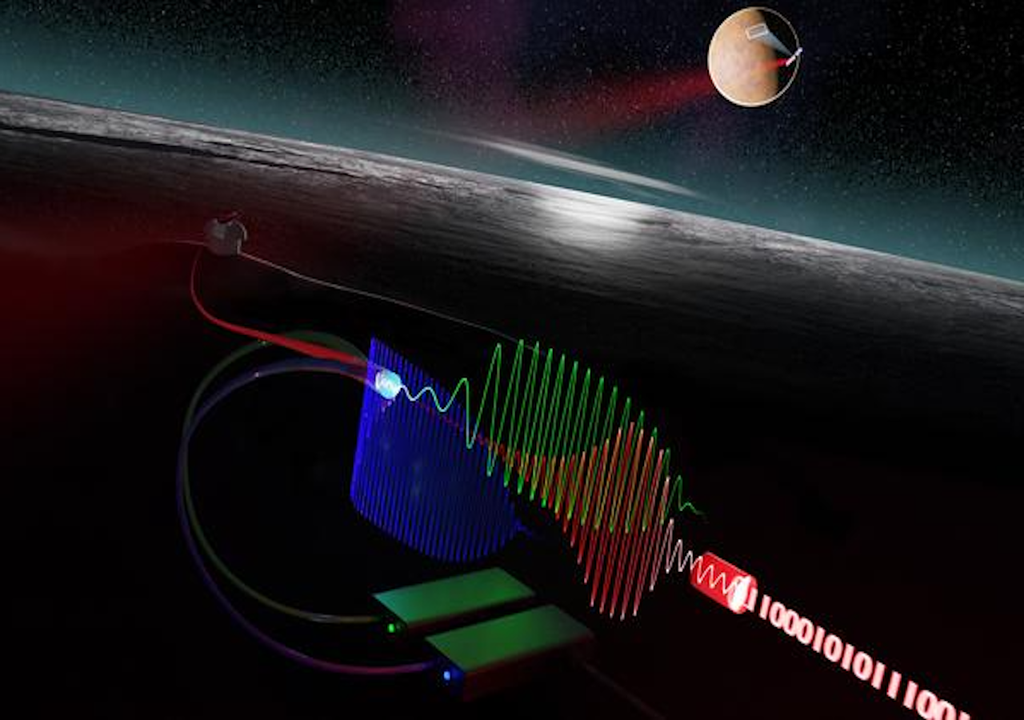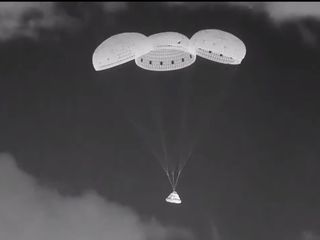Is anybody out there? New receivers offer better space communication
Super sensitive receivers need to be paired with light beam based communications technology to transmit signals and information scross the great expanse of space. This could transform space exploration.

Long distance optical links these days can be used to transmit images, films and data using light. This can even work for space exploration by using space probes.
It is easy for such signals to be disturbed along the way. This is why super sensitive receivers would be needed as well as noise-free amplifiers.
This looks possible thanks to recent research in Sweden at Chalmers University of Technology. There, a team created a system using a record-sensitive receiver and silent amplifier, making way for speedier, better communication in space.
A work of science fiction?
Technologies are transforming, even in space exploration. It might look like something in a science fiction world. However, space communication systems are becoming more and more based on lasers rather than radio waves. The signal loss is much less when using light to carry information over distances.

Take the example of Fibre-optic Broadband, where fibre optics are used to transmit visuals over light instead of electricity waves. Since light is travelling over light beams, it travels at light speed and does not slow down with distance.
While this can become an everyday technology for our internet WiFi solutions, fibre-optics and the principle of using light to transmit data cold transform many more applications, even in the domain of space exploration.
The skies are the limit
While it is much less of a problem here on planet Earth, light does lose some power during a journey in space’s great distances, which means that these optical systems for space communication can benefit from very sensitive receivers that can sense signals that are weakend across light years, when they finally come back to planet Earth. This is what inspired the research at Chalmers University.
Peter Andrekson, Professor of Photonics at Chalmers University said: "We can demonstrate a new system for optical communication with a receiver that is more sensitive than has been demonstrated previously at high data rates."
Now a weak optical signal from a spacecraft's transmitter can be amplified noise-free when it comes across "pump waves" of different strengths back on a receiver on Earth.
"This means that you can get a faster and more error-free transfer of information over very long distances, for example when you want to send high-resolution images or videos from the Moon or Mars to Earth."
This highlight modern concept put forward by the Chalmers researchers open up new possibilities for discoveries in space, as we continue to ask, is other life out there?
Source of the news:
Ultralow-noise preamplified optical receiver using conventional single-wavelength transmission. Optica. DOI: 10.1364/OPTICA.539544








